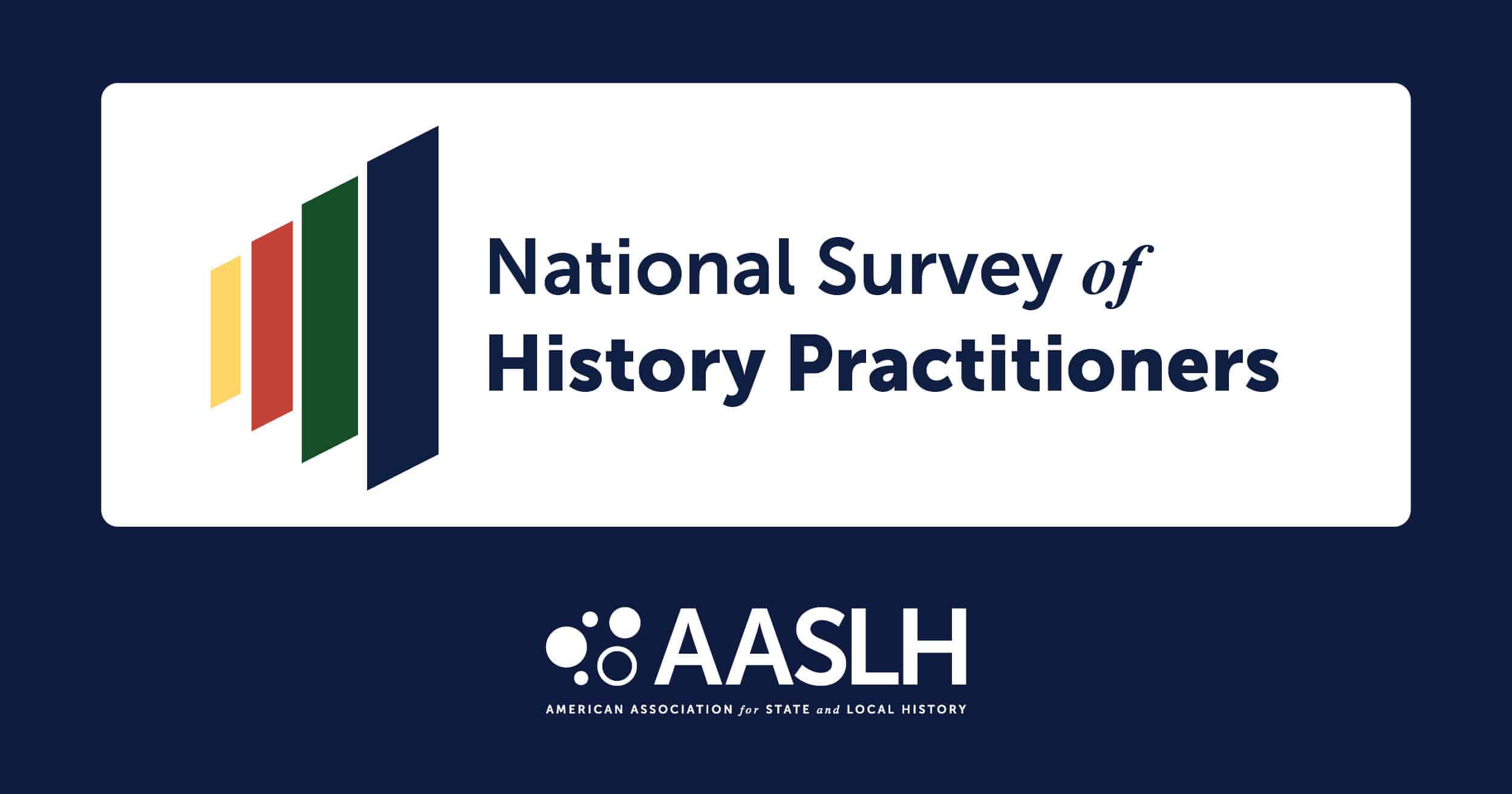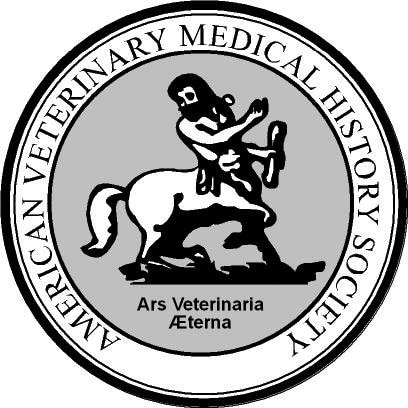In general, museums should choose a single classification system, such as Nomenclature, as the authoritative classification structure that they will use for classifying and naming their collections. A classification system is designed with its own internal organizational logic; the top levels of the system are fixed (they do not change), mutually exclusive (a given term belongs in one, and only one position in the hierarchy), and precisely defined. Trying to use more than one classification system simultaneously (using parts of each) can compromise the logic by which the systems are organized, leading to confusion for cataloguers trying to determine how to classify an object.
However, it is likely that some of the terms that you will require to name your museum objects will not be found in Nomenclature. Or there may be whole hierarchies of other standards that you find that you require. Here are some ways that other standards can be used to supplement your use of Nomenclature:
- Add individual terms from the other standard. For example, a museum that is using Nomenclature 3.0 could add certain terms from the Art & Architecture Thesaurus (AAT) or the Library of Congress Thesaurus for Graphic Materials II: Genre and Physical Characteristic Terms (TGM II) that are needed to cover the scope of their collection. To do this, carefully follow the rules described in the “Adding Object Terms” section of the Introduction to Nomenclature 3.0. Decide where the new term fits within the Nomenclature system. Keep track of which terms have been added, in order to facilitate a future update. Submit the terms to Nomenclature, using the online forms on the Nomenclature Community, to be considered for future editions.
- Use the other standard as reference. For example, a museum that is using Nomenclature 3.0 as its classification system may need to consult the Parks Canada Classification System for illustrations and definitions, French terminology, or bibliographic references.
- Use whole sections of other standards to provide supplemental classification or terminology at the most specific level of object naming within the Nomenclature structure. A museum with a large quantity of items of a specific type may find that Nomenclature 3.0 does not provide enough granularity to differentiate between these objects. In this case, they may choose to supplement their terminology (sub-divide the existing Nomenclature term for that object type) by adopting an existing super-specific terminology that has been developed for these objects. For example, a history museum with a growing collection of science specimens may choose to sub-categorize the existing Nomenclature 3.0 terms, “Specimen, Animal”, “Specimen, Plant”, and “Geospecimen” by using a scientific classification authority.




